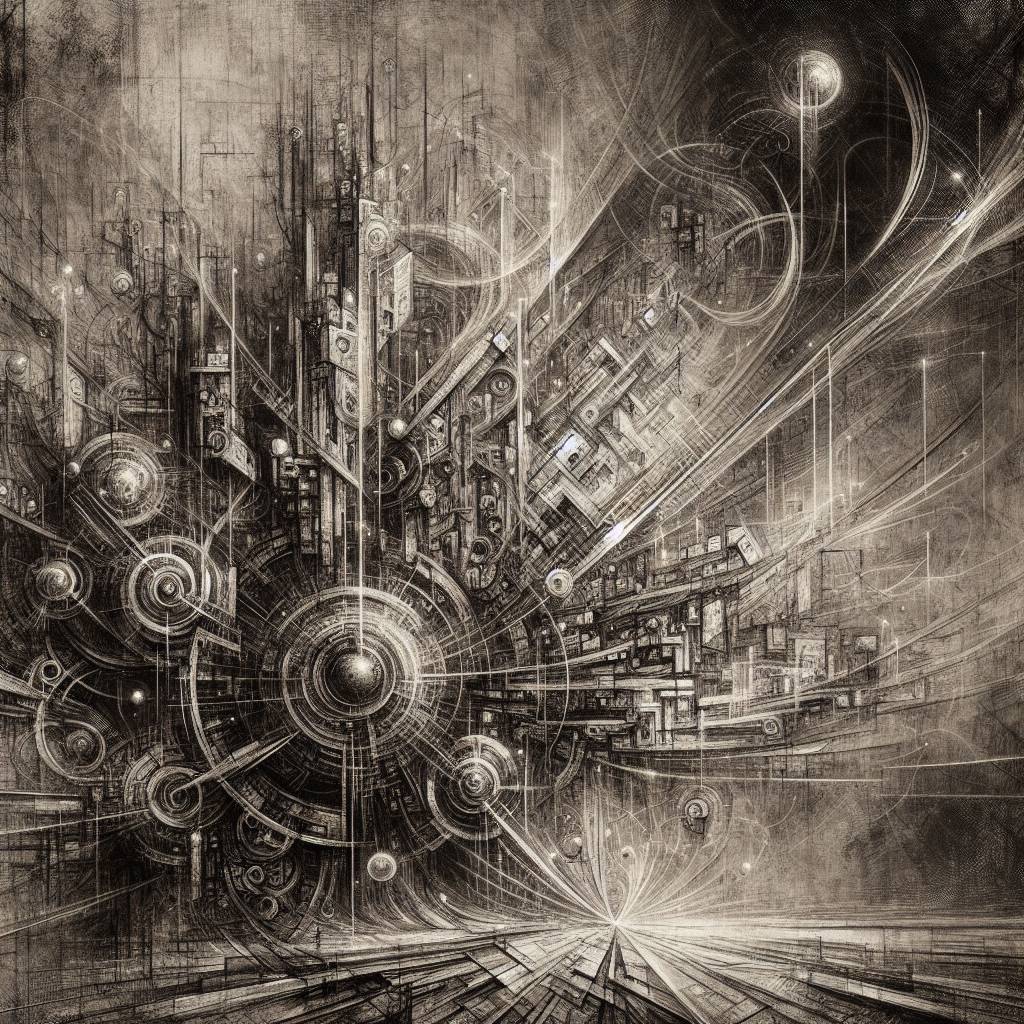Quantum Panic: Why Your Data Needs a Post-Quantum Safety Net Now!
Brace yourself, CIOs and CISOs! The Post-Quantum Cryptography Coalition has dropped a quantum-safe roadmap. While quantum computers that can crack current security may be decades away, it’s time to start your cryptographic migration. Prepare now, because you never know when Schrödinger’s cat will hop onto your network and decrypt your data.

Hot Take:
Grab your popcorn, folks, because quantum computers are coming to shake up the cybersecurity world, and the MITRE-founded PQCC is the superhero squad here to save the day with their shiny new post-quantum cryptography (PQC) guide! While we may not have quantum computers capable of breaking current encryption just yet, it’s never too early to start a digital fire drill. After all, no one wants their secret cookie recipes exposed to the world!
Key Points:
- MITRE-founded PQCC has released guidance for transitioning to quantum-safe cryptography.
- The roadmap includes stages like preparation, understanding, planning, execution, and monitoring.
- The transition process is unique for each organization based on data volume, asset info, and budget.
- Quantum computers capable of breaking current encryption are still years away, but preparation is key.
- PQCC guidance follows previous quantum readiness recommendations and NIST standards.
